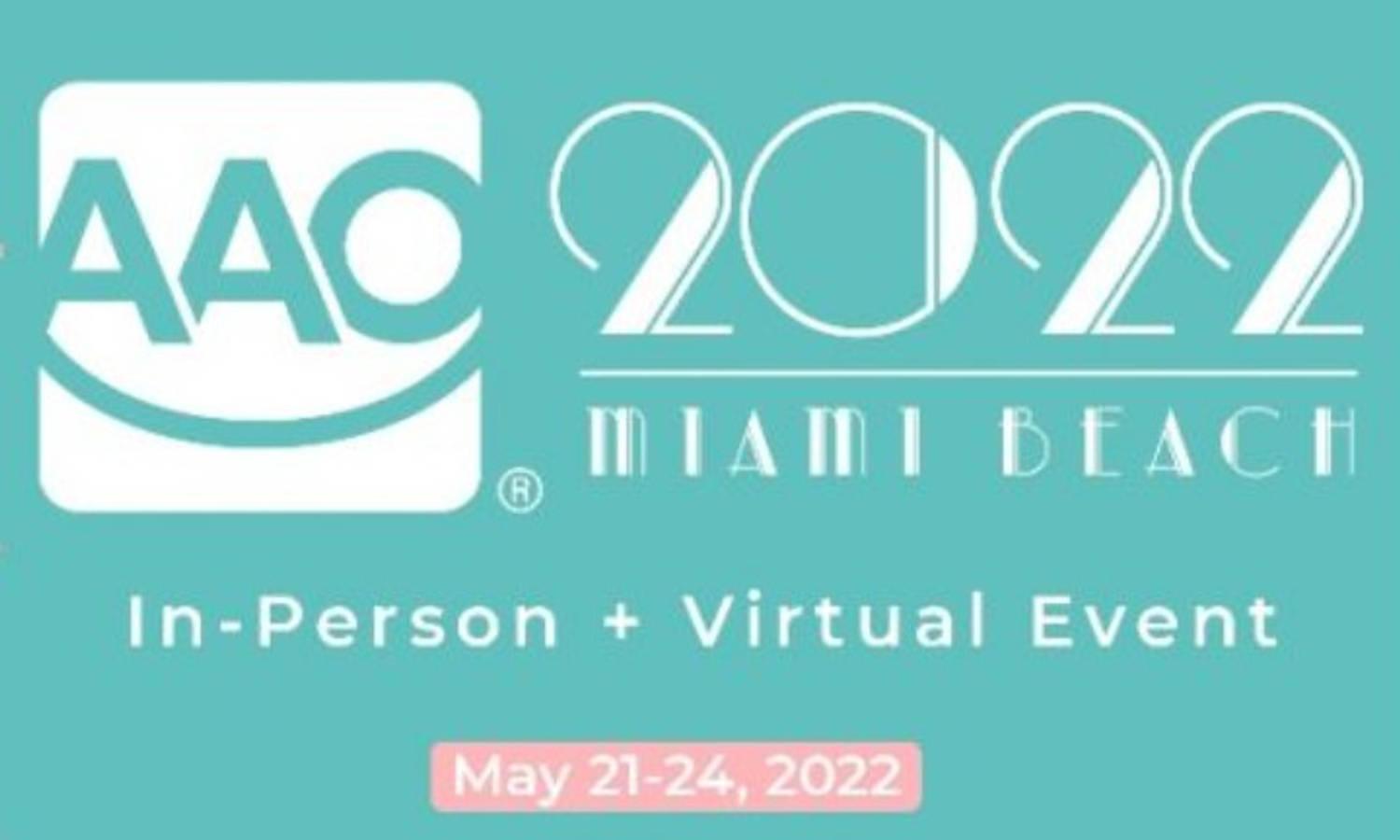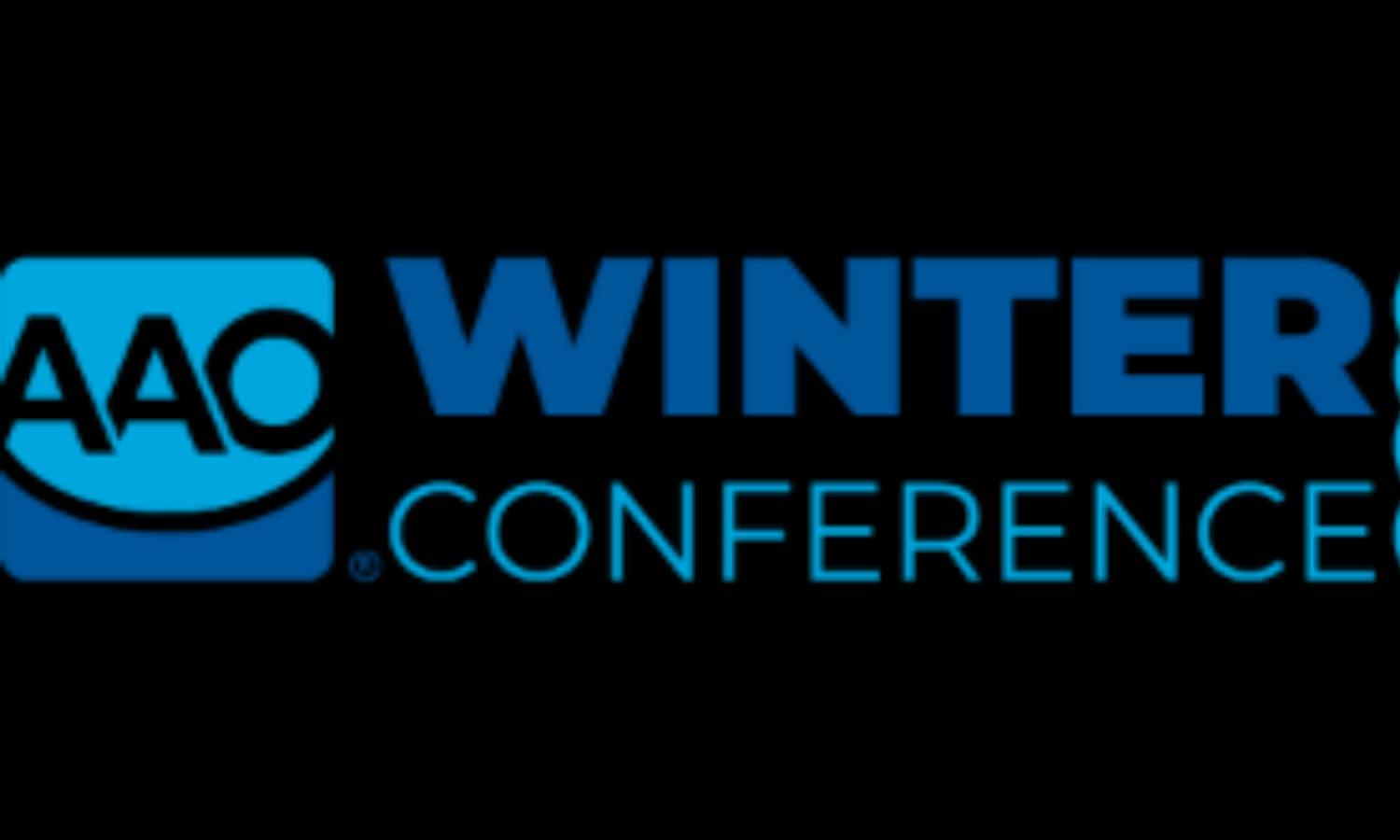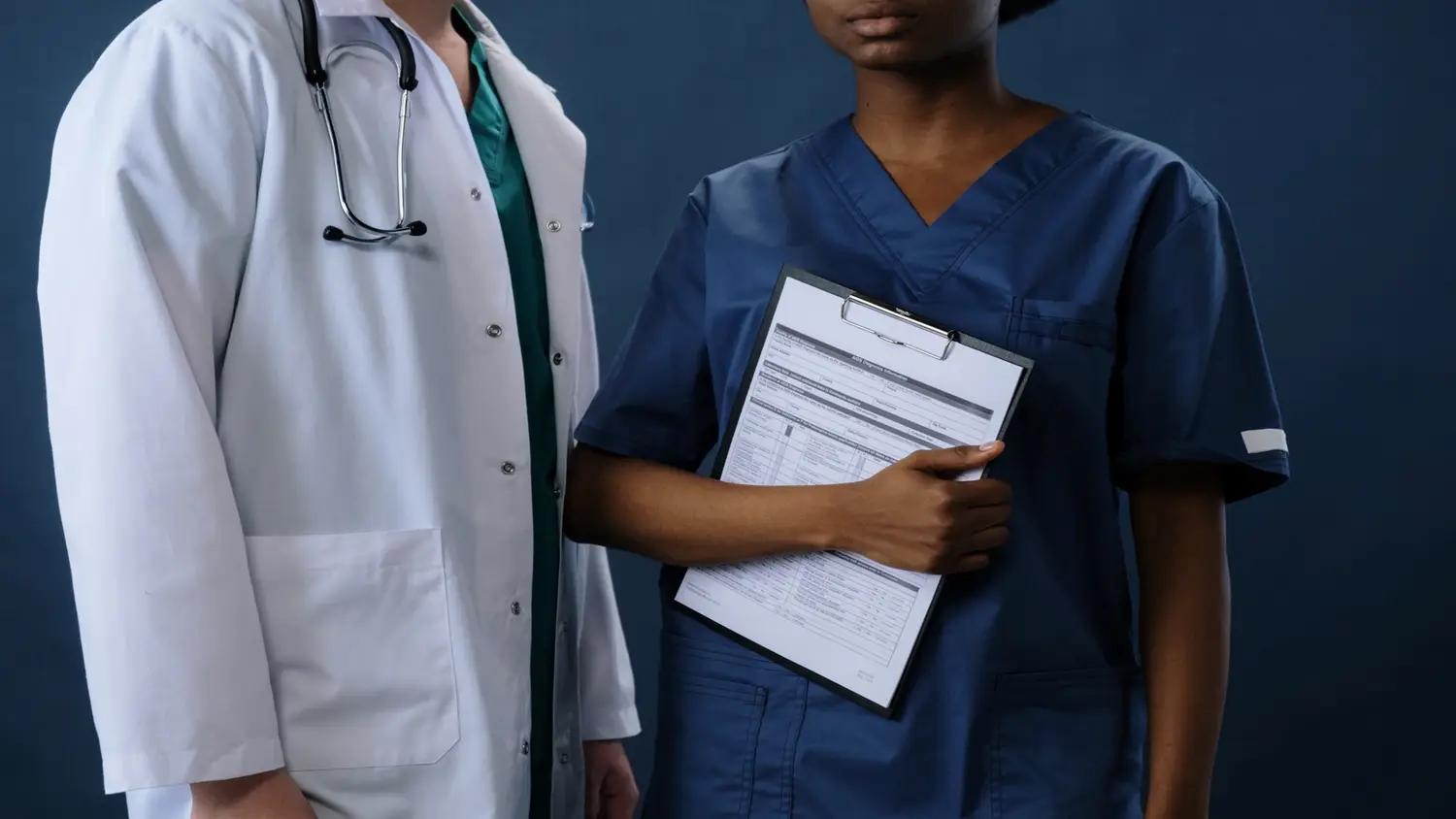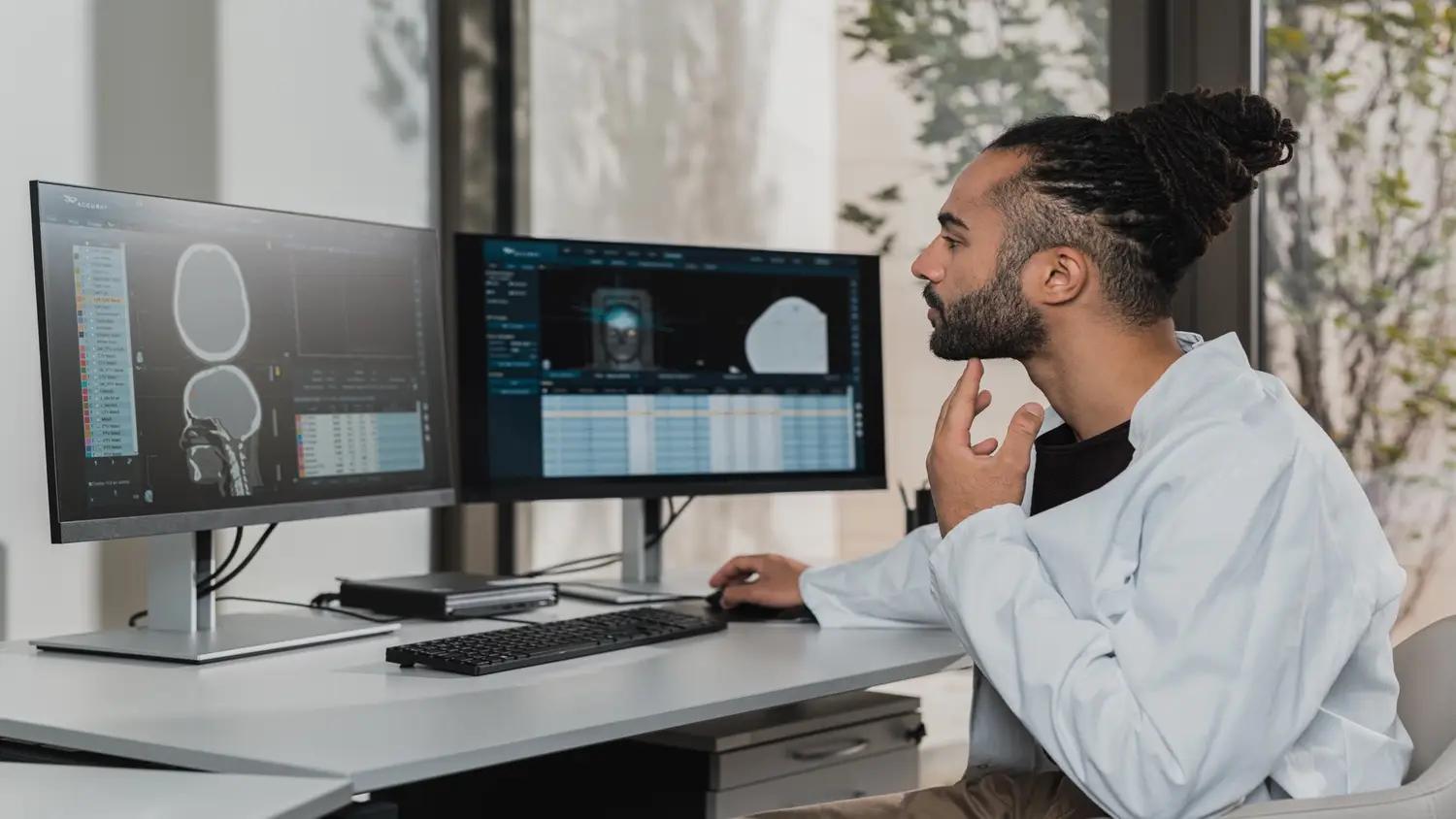
College of Diplomates of the American Board of Orthodontics (CDABO) 2024 Annual Meeting
College of Diplomates of the American Board of Orthodontics (CDABO) 2024 Annual Meeting is organized by College of Diplomates of the American Board of Orthodontics (CDABO) and will be held from Mar 08 - 11, 2024 at The Westin Savannah Harbor Golf Resort & Spa, Savannah, Georgia, United States of America.
Description:
Savannah, Georgia welcomes CDABO for our 44th Annual Meeting.
Known for its historic charm, southern hospitality, picturesque landscapes, cobblestones streets, historic squares (22!) and enticing riverfront district; Savannah is the oldest city in Georgia and is celebrating its 250th birthday, in 2023.
Savannah played strategic roles in both the American Revolution and Civil Wars, as a port city and today is an industrial city and important Atlantic seaport and Georgia's fifth most-populous city.
The downtown area, including the Historic District, its 22-parklike squares and the Victorian Historic District, is one of the largest National Historic Landmark Districts in the United States; as designated in 1966 by the federal government.
A cultural center of the South, Savannah's food, arts, music continue to draw new residents and visitors alike.
Lecture Topics:
True Mandibular Lengthening by a Bone Anchored Herbst appliance
The chin grows forward by 3 basic mechanisms. The most important one is an increase in mandibular length. To a lesser degree the glenoid fossa can remodel such that it and the condyles undergo small relocations. Finally, mandibular rotation may occur with anterior mandibular rotation increasing chin projection, and posterior rotation decreasing chin projection. Treatment by a conventional Herbst appliance only results in a small gain in forward chin projection. This may be explained by the proclination of lower incisors.
Objectives:
• To be able to improve the outcome of class II orthopedics
• To be able to understand mandibular growth changes by a bone anchored Herbst appliance
• To be able to use CBCT images to explain mandibular growth changes by class II orthopedics
• To be able to quantify true mandibular lengthening and true mandibular rotation
Management of Complex Cases and Interdisciplinary Treatment
During this program, the role of the orthodontist in comprehensive treatment planning and sequencing of treatment will be covered. The role of orthodontic tooth movement to enhance restorative and periodontal objectives will be discussed.
Objectives:
• Concept of planning and treating complex malocclusions
• Timing and sequencing of treatment
• Orthodontic procedures that enhance esthetic, periodontal and restorative treatment for comprehensive care
• Orthognathic team management of patients with skeletal discrepancies
Ortho/Perio in the Aligner Age
Certain orthodontic movements are utilized for their beneficial impact upon the periodontium. These movements include forced eruption, molar uprighting, embrasure management, root torquing, and implant interactions. Historically, these movements were accomplished primarily by employing fixed appliance mechanotherapy. However, the advent and development of aligner therapy has developed to a level of sophistication that now allows these movements to be accomplished utilizing removable aligner techniques. This presentation will delineate the philosophy behind these movements, the periodontal benefit, and display clinical cases that illustrate these methods.
Objectives:
• Participants will develop an appreciation for the periodontal aspects of certain tooth movements
• Participants will develop an appreciation for physiology of tooth movement
• Participants will gain an understanding of aligner mechanotherapy
• Participants will gain an exposure to interdisciplinary management of clinical situations
Treatment of The Periodontally Compromised Adult Orthodontic Patient Utilizing Innovative and Effective Team Collaboration
The orthodontic profession has only recently focused its attention on adult patient-driven diagnosis and treatment planning. It is difficult to imagine practicing dentistry today without the utilization of orthodontics, as smile esthetics can be very challenging or even compromised. In problem-oriented treatment planning, the orthodontist may help establish a diagnosis that identifies possible improvement or even correction of hard and soft tissue. This lecture will also demonstrate how to establish occlusal and/or spatial relationships prior to implant placement.
Objectives:
• Learn how to utilize simple cosmetic problem-based orthodontics in an adult to avoid periodontal liabilities.
• Careful diagnosis of gingival abnormalities as to whether they will alter the timing of orthodontics in an adult.
• Three dimensional osseous evaluation pre and post treatment via CBCT in an adult.
• Determine in the adult if the pre-treatment malocclusion may be more stable than after orthodontic revision.
Orthodontic Management of Cleft Patients from Birth to Adult
Orthodontic treatment of patients born with cleft is a long and complex process and frequently extends from birth into late teens and early adulthood. The orthodontic care is best provided in collaboration with an interdisciplinary team that includes plastic surgery, speech language pathology, otolaryngology, psychology, and other allied health disciplines. This presentation will focus on orthodontic management for patients born with cleft during infancy, preschool, pre-adolescence, adolescence, and adulthood.
Objectives:
• Appreciate the role of an Orthodontist on an interdisciplinary cleft team
• Understand the sequencing and timing of orthodontic treatment and surgery
• Comprehend the goals of orthodontic interventions at different stages of growth
Treatment of Three Tough Orthodontic Problems with TADs
TADs are more popular than ever and have become a staple of modern orthodontics, probably because they help solve some difficult orthodontic problems frequently with less patient compliance and lower invasiveness. In this fast paced lecture Dr. Baumgaertel will discuss three tough but common orthodontic problems where TADs have proved to be a game changer in his practice.
Objectives:
• Learn a time tested approach to molar protraction through edentulous sites with the help of TADs
• Understand how to correct anterior open bites with TAD supported maxillary molar intrusion
• Use TADs for lower arch retraction in cases with class III malocclusions
Additional details will be posted as soon as information is available.










